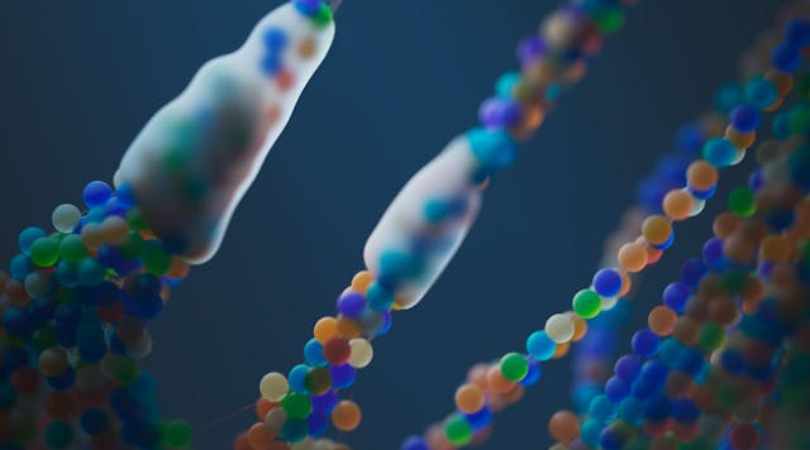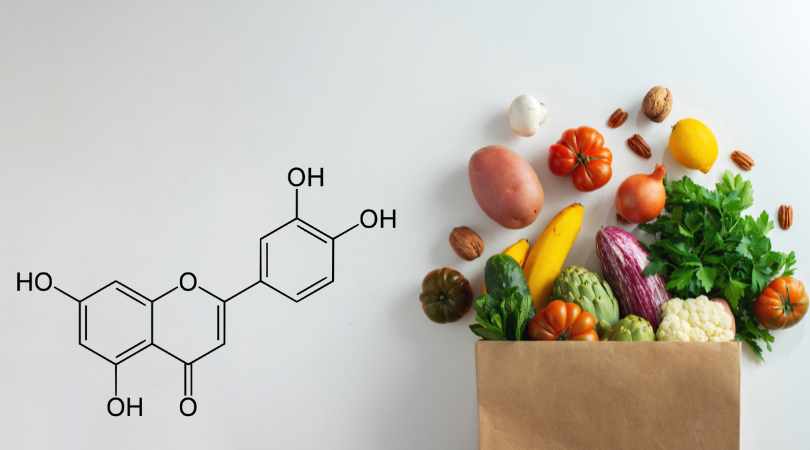Scientists have successfully restored the lost uricase enzyme, a key breakthrough in combating fructose-induced fat formation. This discovery offers new hope for preventing obesity and metabolic disorders by targeting how the body processes sugar and stores fat.
Limited Quantities Available! Order Today and Enjoy Free Shipping on Orders Over $100!
A Natural Approach to Reversing Type II Diabetes

The journey to naturally reverse Type II Diabetes involves understanding the intricate role of fructose in the body and leveraging natural tools to mitigate its effects. The key lies in addressing the cellular impact of fructose, which can lead to insulin resistance, a precursor to diabetes.
The Cellular Challenge of Fructose
Fructose, commonly found in sweetened foods and drinks, poses a unique challenge at the cellular level. It’s metabolized in the liver, where it can deplete essential energy molecules (ATP), leading to a cascade of metabolic disturbances. The process results in increased uric acid levels, which can impair the function of mitochondria, the cell’s energy factories. This disruption in energy production is crucial because it sets the stage for insulin resistance, as cells struggle to utilize glucose effectively due to impaired insulin signaling.
Turning the Tide Against Fructose
Embracing Luteolin
Luteolin, a natural compound found in various vegetables and herbs, offers a promising solution. Its antioxidant and anti-inflammatory properties can help protect mitochondrial function and improve insulin sensitivity. By incorporating Luteolin into your diet, either through food sources or supplements, you’re taking a significant step towards countering the adverse effects of fructose at the cellular level.
Choosing the Right Sweeteners
Reducing fructose intake is a critical part of the strategy, and here, sugar substitutes like Xylitol come into play. Xylitol, unlike fructose, doesn’t lead to the same harmful cellular processes, making it a safer choice for sweetening without the risk of exacerbating insulin resistance.
Simple Steps to Get Started
- Reduce Fructose Intake: Cut back on high-fructose foods and beverages. Read labels carefully, as fructose is a common ingredient in many processed foods.
- Incorporate Luteolin-Rich Foods: Include foods like celery, broccoli, and peppers in your diet, or consider Luteolin supplements designed to inhibit fructose metabolism like Sugarshield.
- Switch to Safer Sweeteners: Use Xylitol or other non-fructose sweeteners to satisfy your sweet tooth without the harmful effects of fructose.
- Stay Active: Regular physical activity can enhance insulin sensitivity and support overall metabolic health.
- Monitor Your Progress: Keep track of your blood sugar levels and consult with a healthcare professional to tailor these strategies to your specific needs.
Conclusion
Reversing Type II Diabetes naturally is a proactive journey that begins with understanding the root causes of the condition, particularly the role of fructose. By harnessing the power of natural compounds like Luteolin and making smart dietary choices, such as using Xylitol as a sweetener, you can significantly improve insulin sensitivity and take meaningful strides towards better health. Remember, these changes should complement regular physical activity and ongoing medical advice for the best outcomes in managing and potentially reversing diabetes.
Disclaimer: The information in this blog reflects personal opinions, experiences, and emerging research. It is not intended as medical or professional advice and should not replace consultation with qualified professionals. The accuracy of this content is not guaranteed. Always seek guidance from a licensed expert before making any health-related decisions.


Chris | 🔬 Founder of LIV3 Health
⚡ A keen researcher dedicated to uncovering the root causes of metabolic dysfunction, the key driver of chronic conditions behind 70% of global deaths. His findings led to science-backed, natural solutions designed to inhibit fructose metabolism.
📢 Follow me on Reddit for insights on metabolic health and the future of wellness! -






